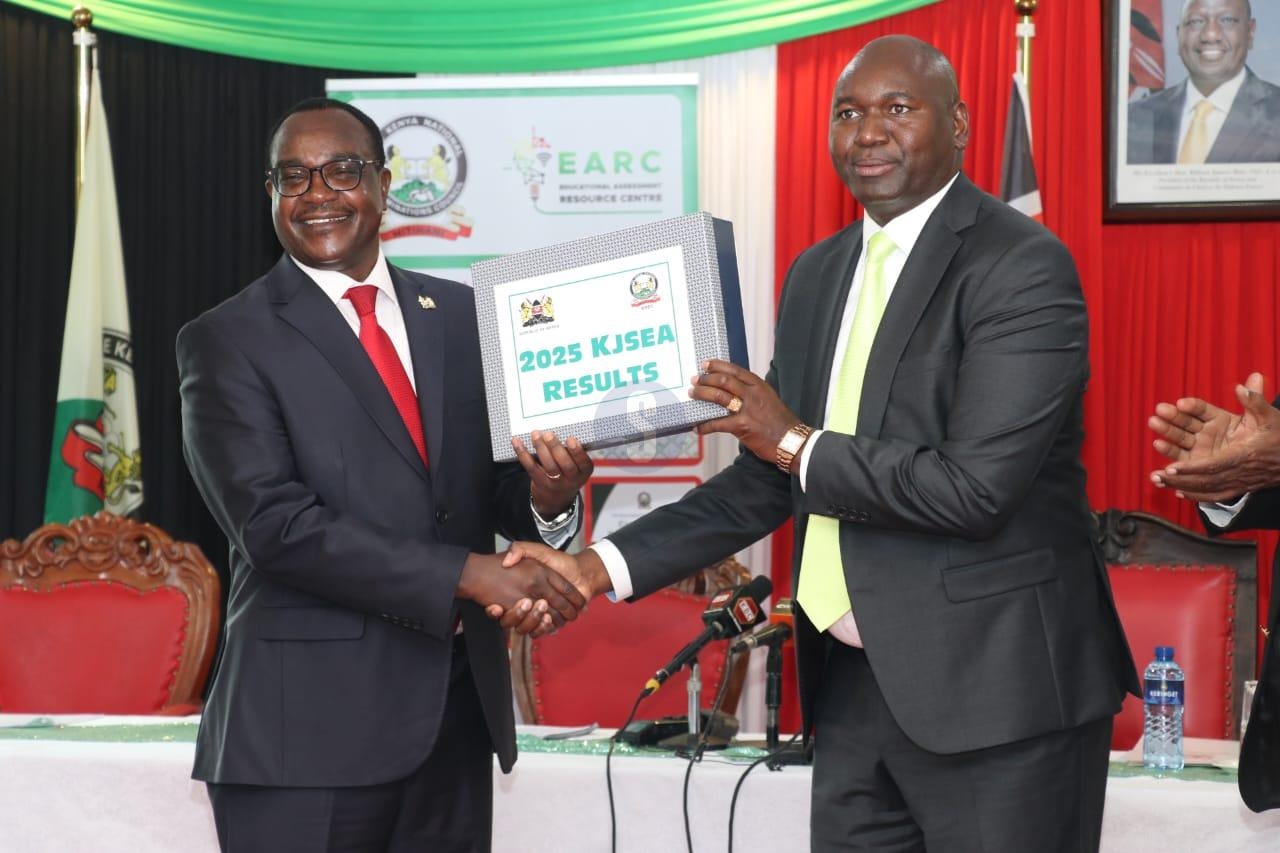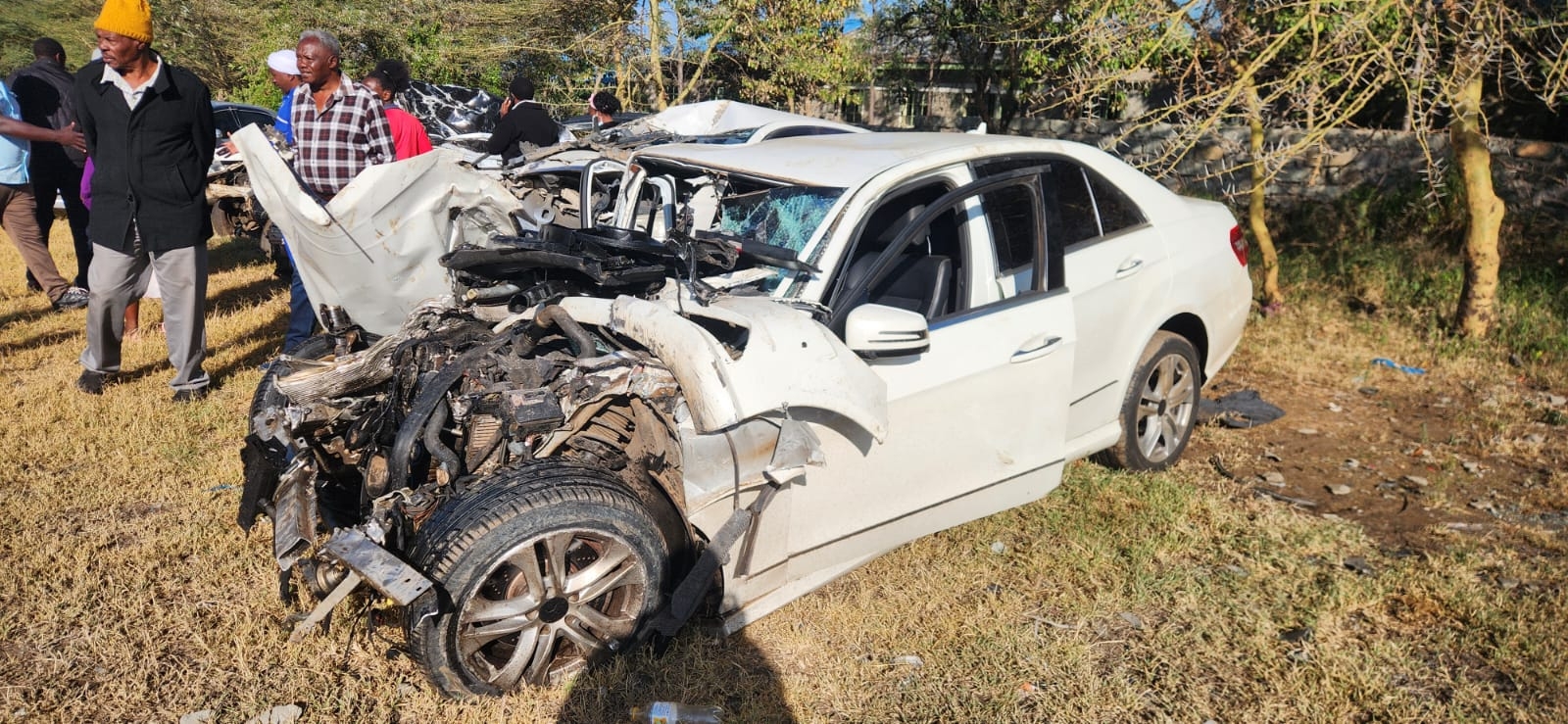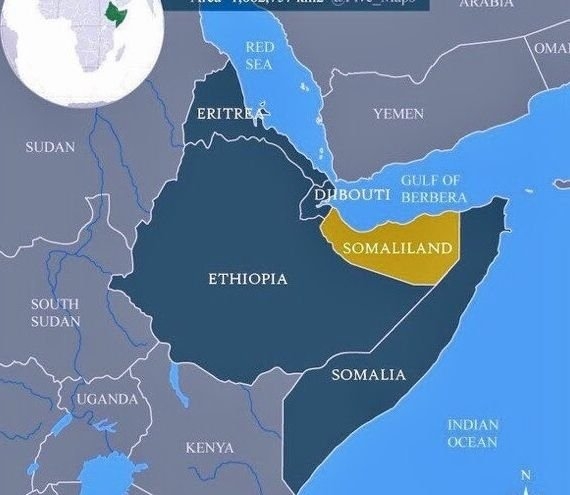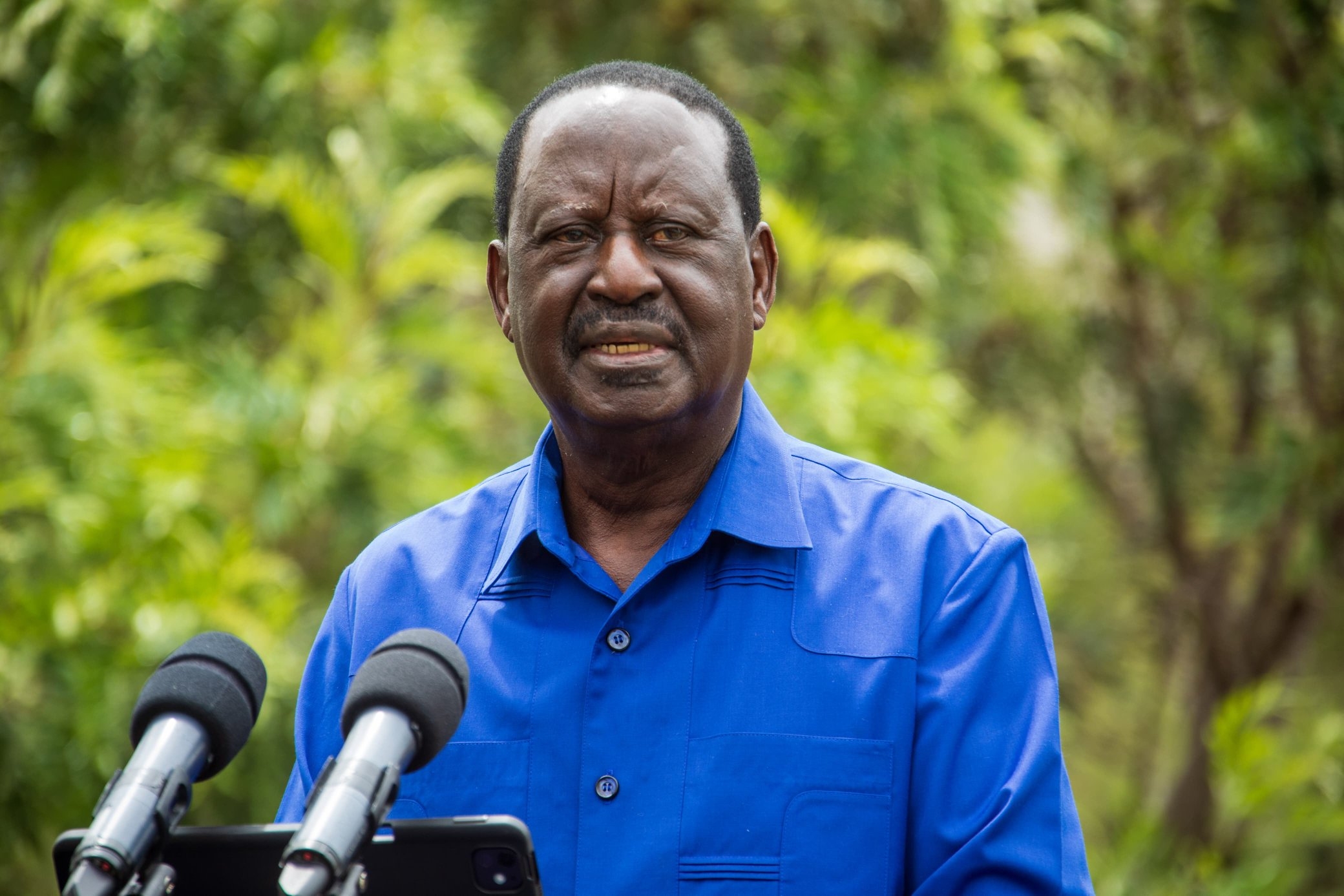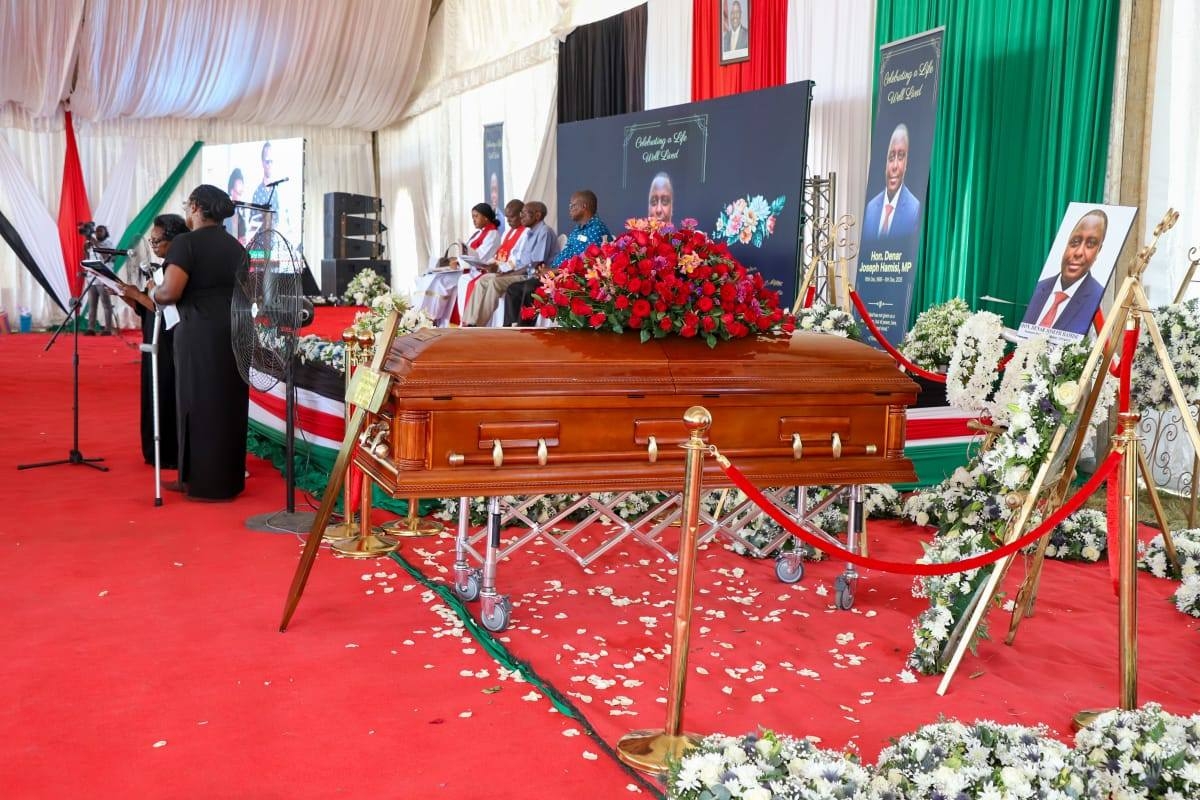
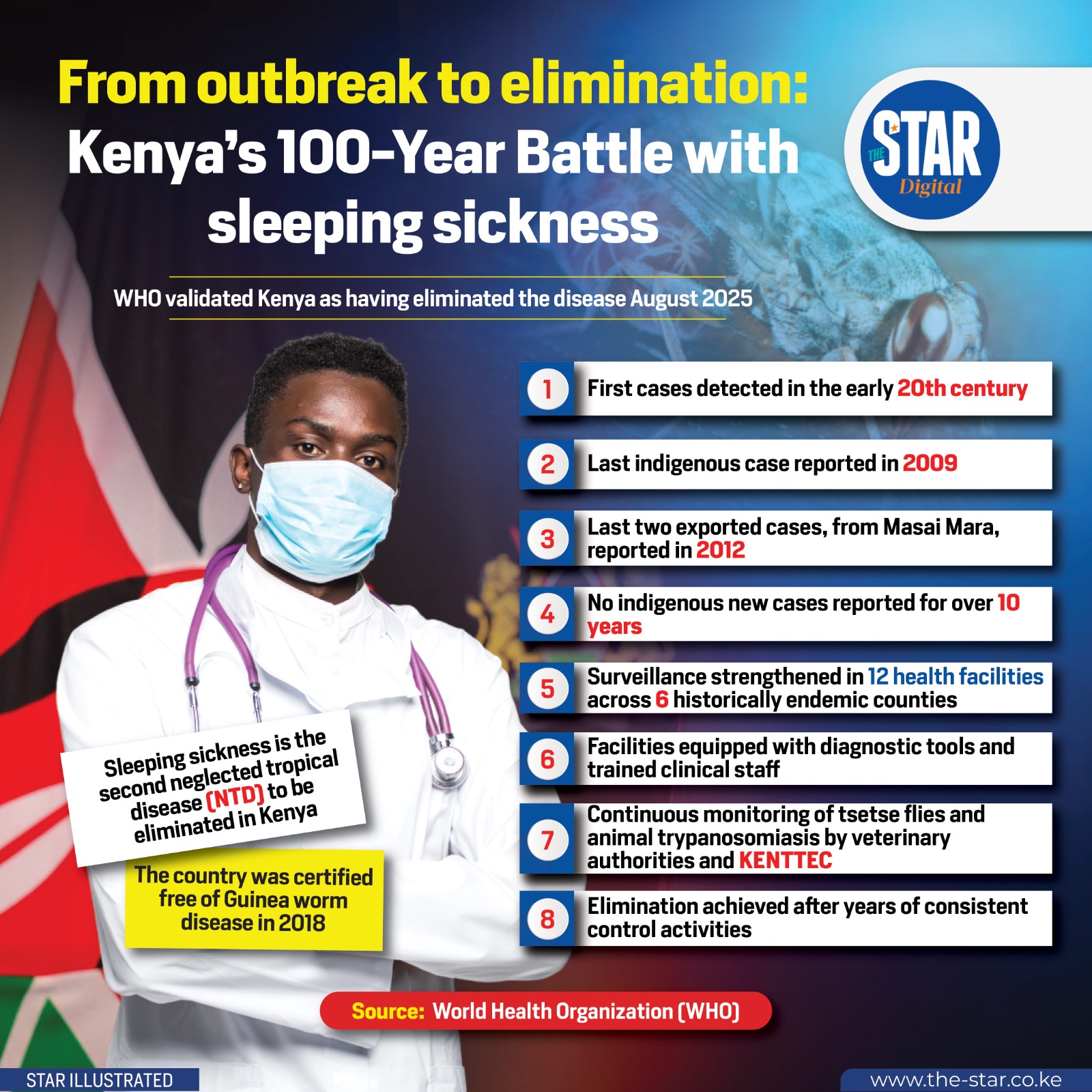
The World Health Organization (WHO) in August 2025 validated Kenya as having eliminated Human African Trypanosomiasis (HAT) or sleeping sickness as a public health problem, making it the tenth country to reach this important milestone.
HAT is the second neglected tropical disease (NTD) to be eliminated in Kenya: the country was certified free of Guinea worm disease in 2018.
HAT is a vector-borne disease caused by the blood parasite Trypanosoma brucei. It is transmitted to humans through the bites of tsetse flies that have acquired the parasites from infected humans or animals.
Rural populations dependent on agriculture, fishing, animal husbandry or hunting are most at risk of exposure.
As the name indicates, HAT is transmitted only on the African continent.
The disease exists in two forms, gambiense and rhodesiense. The rhodesiense form (r-HAT), which is found in eastern and southern Africa, is the only one present in Kenya.
It is caused by Trypanosoma brucei rhodesiense and progresses rapidly, invading multiple organs including the brain. Without treatment, it is fatal within weeks.




